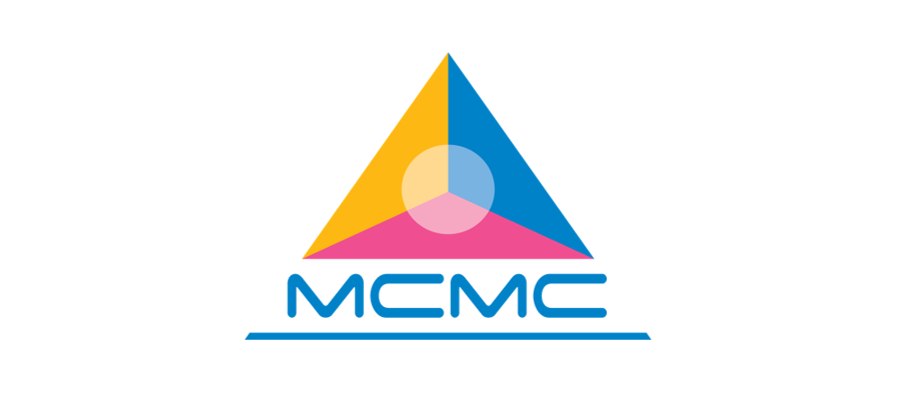News: Nerdy, a tutoring marketplace startup, is going public via SPAC
A gig economy-powered consumer edtech platform is heading to the New York Stock Exchange. Edtech startup Nerdy, which owns the popular tutoring business Varsity Tutors, is seeking to become a public company through a special purpose acquisition vehicle, otherwise known as a SPAC. Nerdy will merge with TPG Pace Tech Opportunities (NYSE: PACE), a publicly
A gig economy-powered consumer edtech platform is heading to the New York Stock Exchange.
Edtech startup Nerdy, which owns the popular tutoring business Varsity Tutors, is seeking to become a public company through a special purpose acquisition vehicle, otherwise known as a SPAC.
Nerdy will merge with TPG Pace Tech Opportunities (NYSE: PACE), a publicly traded SPAC since 2015. The transaction is expected to close in the second quarter of this year.
The deal will value Nerdy at $1.7 billion. Through the transaction, the business plans to raise up to $750 million in cash, including $150 million in PIPE financing aggregated by Franklin Templeton, Healthcare of Ontario Pension Plan, Koch Industries and Learn Capital.
Nerdy’s flagship business, Varsity Tutors, is a two-sided marketplace that matches tutors to students in large, small or 1:1 group environments. The learning platform covers more than 3,000 subjects. Like other edtech companies, Varsity Tutors uses artificial intelligence and data analytics to better match experts to learners. Additionally, in August, Varsity Tutors launched a homeschooling offering meant to replace traditional school. It onboarded 120 full-time educators, who came from public schools and charter schools, with competitive salaries.
Financial performance
TechCrunch reviewed the Nerdy-SPAC investor presentation, which can be read here.
Nerdy is among consumer edtech businesses that saw rapid growth and opportunity due to the demands of remote learning brought about by the coronavirus pandemic. In the second half of 2020, Nerdy’s annualized revenue surpassed $120 million. In the last quarter of 2020, the company saw its online revenue grow 87%, online paid active learners grow 59% and paid online sessions grow 169%, compared to the same time period last year, the business reports.
Drilling into its realized results instead of its more-favorable annualized performance from its third and fourth quarters of 2020, Nerdy saw estimated revenues of $106 million in the year, up just 16% from its 2019 result.
That growth rate is slower than what it managed in 2019, some 26% growth, and is around half of what it anticipates for 2021, namely 31% growth. But Nerdy has even stronger projections for 2022, a year in which it expects to drive revenues of $198 million, up 43% from its 2021 expectation of $138 million.
Whether the company can hit those goals remains to be seen; SPAC-led debuts allow for the company being taken public in the transaction to forecast more than companies that follow traditional IPO paths are allowed.
The company’s growth also failed to stem its losses. Nerdy is not yet profitable. Its 2020 estimates list an anticipated net loss of $23 million, which is more than it lost in 2019 but less than its 2018 deficit. Based on last year’s growth, Nerdy estimates that its net loss will slim to $8 million in 2021, and will achieve profitability by 2023.
How did Nerdy fail to reduce its losses last year as its revenues expanded? The company’s costs showed modest gains and losses, apart from its sales and marketing line item. That particular realm of expense rose from $38 million in 2019 to an estimated $44 million in 2020.
In contrast, while Nerdy’s net losses were largely static in 2020, its estimated net margin did improve from -24% in 2019 to an estimated -22% in 2020. It has a ways to go to reach the black, though its financials do indicate that the company thinks that net income is only a few years away.
To reach profitability, Nerdy anticipates it will require 2023 revenues of $267 million, growth from 2022 of 35% and gross margins five points stronger than its 67% result it estimated it reached last year.
A closer look at Nerdy’s business brings up a common question amid the SPAC boom: Is the reverse-merger being used to bring companies with lackluster near-term growth stories to the public market that otherwise couldn’t have? So far, a number of edtech startups have taken the SPAC route, including Skillsoft, Meten International and now Nerdy.
After edtech had a strong 2020, sector investors say to expect more exits as startups cross the $100 million ARR mark. Deborah Quazzo, managing partner of GSV, told TechCrunch in December that “what’s happening in edtech is that capital markets are liquidating.” The ability to move fluidly between privately held and publicly held companies is a characteristic of tech sectors with deep capital markets, which is different from edtech’s “old days, where the options to exit were very narrow.”






















